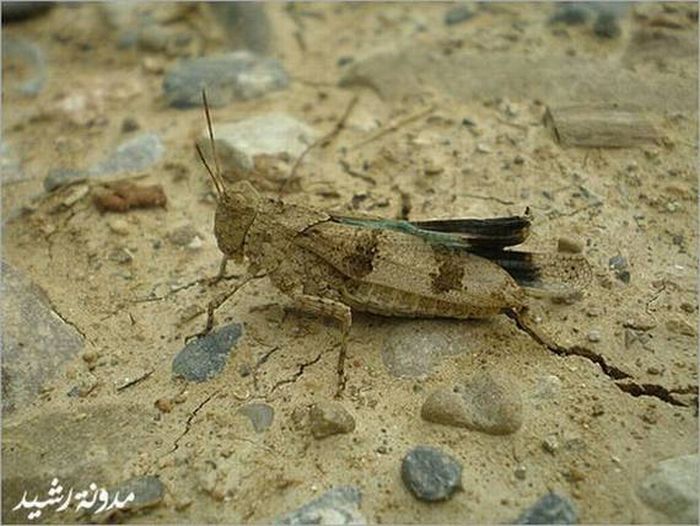|
|
Masters Of Camouflage
|
Some cryptic animals also simulate natural movement, e.g., of a leaf in the wind. This is called procryptic behaviour or habit. Other animals attach or attract natural materials to their body for concealment. A few animals have chromatic response, changing color in changing environments, either seasonally (ermine, snowshoe hare) or far more rapidly with chromatophores in their integument (the cephalopod family). Some animals, notably in aquatic environments, also take steps to camouflage the odours they create that may attract predators. Some herd animals adopt a similar pattern to make it difficult to distinguish a single animal. Examples include stripes on zebras and the reflective scales on fish.
In military
Camouflage was not in wide use in early western civilization based warfare. 18th and 19th century armies tended to use bright colors and bold, impressive designs. These were intended to daunt the enemy, attract recruits, foster unit cohesion, or allow easier identification of units in the fog of war common to the battlefield before the invention of smokeless gun powder. Jäger riflemen in the 18th century were the first to adopt colors in relatively drab shades of green or grey. Major armies retained their bright colors until convinced otherwise. In 1857, the British in India were forced by casualties to dye their white hot-weather uniforms to neutral tones, initially a muddy tan called khaki (from the Urdu word for 'dust'). This was only a temporary measure. It was not until after the Second Boer War that, in 1902, the "home service" (i.e. non-tropical) field uniforms of the entire British army were standardised using a darker shade of khaki serge. Other armies, such as those of the United States, Russia, Italy, and Germany followed suit either with khaki, grey, blue-grey or other colors more suitable for their environments.
|
|









